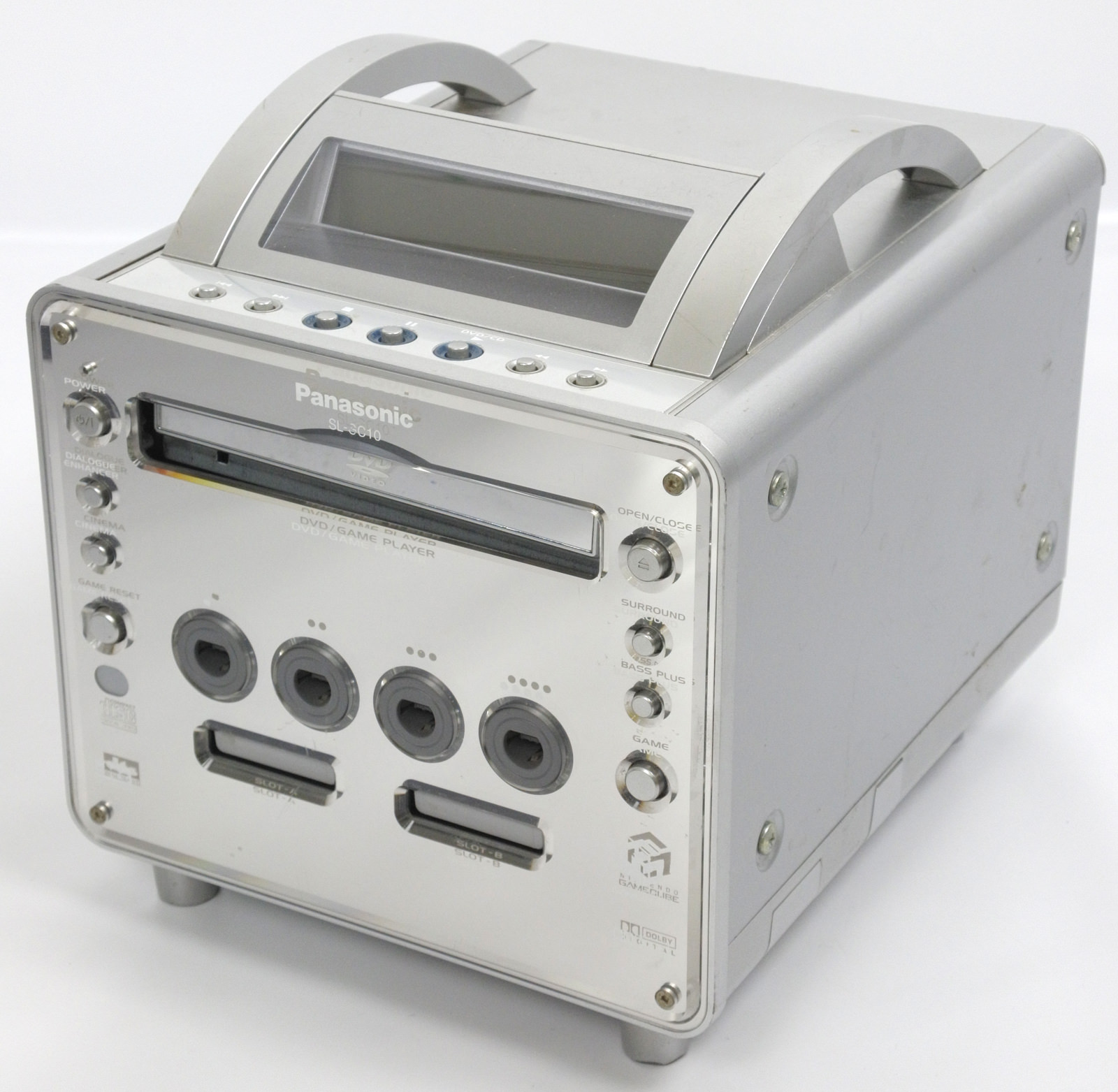
The air participates in the control of humidity and the filtration of the plant, while the water feeds the thermal exchange of temperature of the rooms. The air conditioning of the rooms is guaranteed a mixed air–water system because it is a system suitable for use in fractional structures in different environments, where a targeted regulation can be carried out in a single room.

It has a capacity of 172 mc/h and a housing area of 50 sqm. The ventilation and heat recovery unit have a remote control of the recovery and automatic control of summer free-cooling and winter free-heating. The advantages of this type of system also include control of the air flow, the possibility of using a heat recovery unit, the possibility of control over the quality of the air renewal, and the control of air velocity in the environment.

The system is able to treat, filter, heat or cool the outside air, ensuring the constant exchange and the recovery of the heat of the exhaust air. The same plant characteristics for modules A, B, E, and C are as follows: controlled mechanical ventilation with double flow. The timing of the different phases is indicative because it is dictated by the contingent situations that occur for the specific disaster. The next phase of rehabilitation goes from 1 to 3 months until 12 months and beyond in many cases in this phase, there is the dismantling of the tents, and the settlements for hospitalizing the population are made of temporary buildings that are emergency housing units, such as containers or prefabricated buildings. The next post-acute phase goes from 2 to 30 days and also in this phase the tents are used. At first, the civil protection areas are set up as waiting, aggregation of the rescuers, and shelter areas for the reception of the people in the tents, with more rapidly mounting solutions therefore prepared to provide a shelter ready from the first night. The settlements, in this phase corresponding to the very early hours, are made with tents. The acute emergency phase develops itself between 12 and 48 h after the event. The reconstructive process develops, in fact, in different phases, such as acute, post-acute, rehabilitation, and reconstruction. The management models and the temporary buildings that can be used in the emergency, the latter object of the present work, are traceable to diversified solutions for the various phases. As also shown in the report drawn up by UNISDR (United Nations Office for Disaster Risk Reduction), Italy is one of the countries most sensitive to catastrophic events and ranks among the top 10 countries in the world for value generated and expected average losses caused by catastrophic natural events, occupying the fourth place behind Japan, the United States, and China. The impact of natural hazards, in terms of fatal accidents, throughout Europe is not uniform. According to the survey, the number and impact of disasters in Europe caused more than 100,000 deaths and economic losses estimated at EUR 150 billion with a strong increase. Others are Iceland, Liechtenstein, Norway, Switzerland, and Turkey. At the same time, the agency provided data for 32 countries under consideration, of which 27 correspond to the EU Member States. In the period from 1998 to 2009, different types of disasters, including the meteorological, geophysical, and technological ones, have been mapped by the EEA (European Environment Agency). All these requirements also add to the ones relating to energy efficiency, transportability, and reusability, which are the pillars of the project for the achievement of performance above all in terms of standards and comfort levels as it is possible to find in the sustainable building of the living period.

Furthermore, this enables the reduction of the minimum modules’ production and times of execution in applying both requirements of standardization and modular coordination. Temporary modular systems put in place with the abovementioned requirements are the basis of the design proposal to realize this, they are made with dry technology to be reusable and energy-efficient. The considered requirements have been those of settlement in the territory, energy efficiency, transportability, and re-usability.

This work aims to analyze the project requirements useful to realizing modular systems for residential, multifunctional, and hospital intended use, which, even if temporary, can ensure a high-performance standard in terms of comfort and energy efficiency, and at the same time guarantee the possibility of use in the widest possible range and in rapid execution times. Unforeseen circumstances that occur anywhere in the world following natural disasters, humanitarian and health emergencies, armed conflicts, or in the presence of migratory flows, require adequate and immediate responses.


 0 kommentar(er)
0 kommentar(er)
